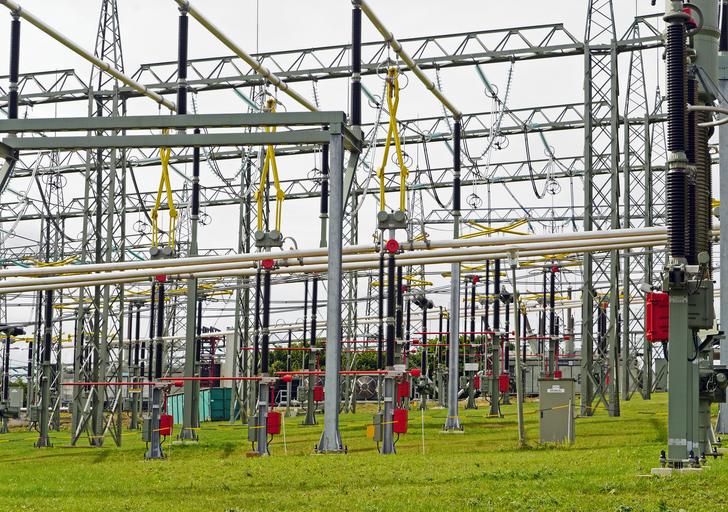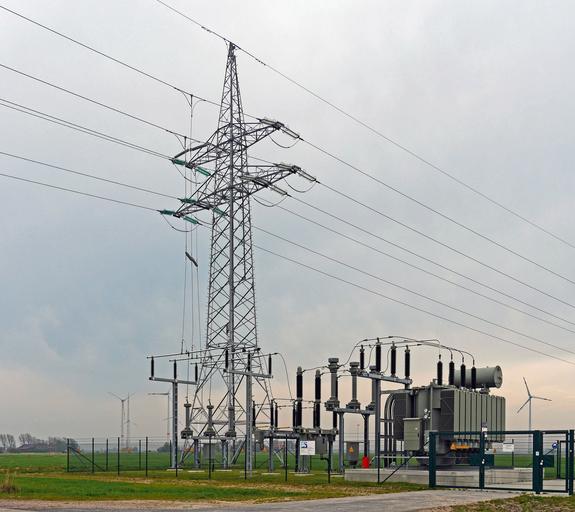Unassuming heroes of modern electrical systems, three-phase transformers are essential for industrial uses and power distribution. Three-phase transformers are at the core of it all if you have ever wondered how enormous equipment runs smoothly or how well electricity moves over great distances. They shockingly effectively control energy flow and change voltage levels.
But exactly why are these devices so necessary? This tutorial will cover the principles of three-phase transformers, investigate their several forms, look at their extensive uses, and go over important considerations for choosing one for your situation. Whether you work in the field or just find interesting electrical engineering ideas, this research will highlight the important part these transformers perform in our daily life. Let’s begin!
Three Phase Transformers: An Understanding
Designed to handle three alternating currents each, three phase transformers, Comparatively to single-phase systems, this arrangement enables a more balanced and effective power delivery.
Fundamentally, these transformers comprise main and secondary windings, usually wound around a magnetic core. Energy can be transferred from one winding to another by means of the interactions among the magnetic fields produced by the currents.
One main benefit is the possibility to supply lower losses while higher power levels. For industrial uses where big motors or heavy machines need consistent electricity, this efficiency makes them perfect.
Three-phase transformers can provide flexibility depending on system needs by being linked in several configurations—delta or wye. Knowing these basics helps one to appreciate how they function inside more extensive electrical networks.

Three Phase Transformers: Various Forms
There are several kinds of three phase transformers, each intended for particular use. Delta and wye systems are the most often used ones.
Delta transformers form a triangle out of the windings. This design offers a strong route for current flow and helps manage large weights. Their resilience makes them rather common in industrial environments.
Wye transformers link one end of every winding together using a star-like arrangement. For uses requiring several voltage levels, this arrangement enables neutral grounding, which is perfect.
Another kind is the autotransformer, which runs primary and secondary circuits on one winding. Though they are cheap and small, these might not provide isolation between circuits.
There is the zigzag transformer, which in imbalanced systems offers grounding solutions and effectively balances load currents. Depending on system needs and operational requirements, every type is quite important.
Three Phase Transformers’ Uses
Many different fields depend on three-phase transformers extensively. They are absolutely necessary for the distribution of power since they guarantee effective transfer of electrical energy across great distances.
In manufacturing, huge transformers assist large machinery and equipment. They are crucial for industries to keep constant voltage levels needed for best operation.
Additionally used in renewable energy systems are three-phase transformers. These gadgets enable wind and solar farms to transform produced electricity before it finds use on the grid.
Three-phase transformers also help businesses. They effectively power lifts, lighting systems, and HVAC systems.
They also find applications in telecommunications infrastructure. To guarantee continuous service, three-phase transformers help to stabilise the power supply required for servers and communication devices.
Their adaptability is still unparalleled in contemporary electrical engineering, having several uses across several industries.

Considerations Regarding Selection of a Three Phase Transformer
There are various considerations involved in choosing a three-phase transformer. Every one of these factors can greatly affect efficiency and performance.
Examine the power rating first. The capacity of the transformer ought to either match or surpass your system’s needs. While an enormous unit may cause unneeded expenses, an undersized transformer might cause overheating and possible failure.
voltage levels come second. Primary and secondary voltages of the transformer must match your application requirements. Mismatched voltage can damage equipment linked downstream or create operational problems.
Efficiency ratings count as well. A more effective transformer will lessen energy loss during operation, so lowering not just electricity bills but also over time environmental impact.
Installation space is also quite important. Type and capacity determine the size of three-phase transformers; so, understanding the accessible area for installation helps prevent later on problems.
Think on upkeep needs. While some transformers are made for low intervention, others call for consistent maintenance for best operation. If you want long-term dependability without regular inspections, a low-maintenance solution could be advantageous.
Careful evaluation of all these factors will help you choose a three-phase transformer that efficiently satisfies future development prospects as well as existing needs.





